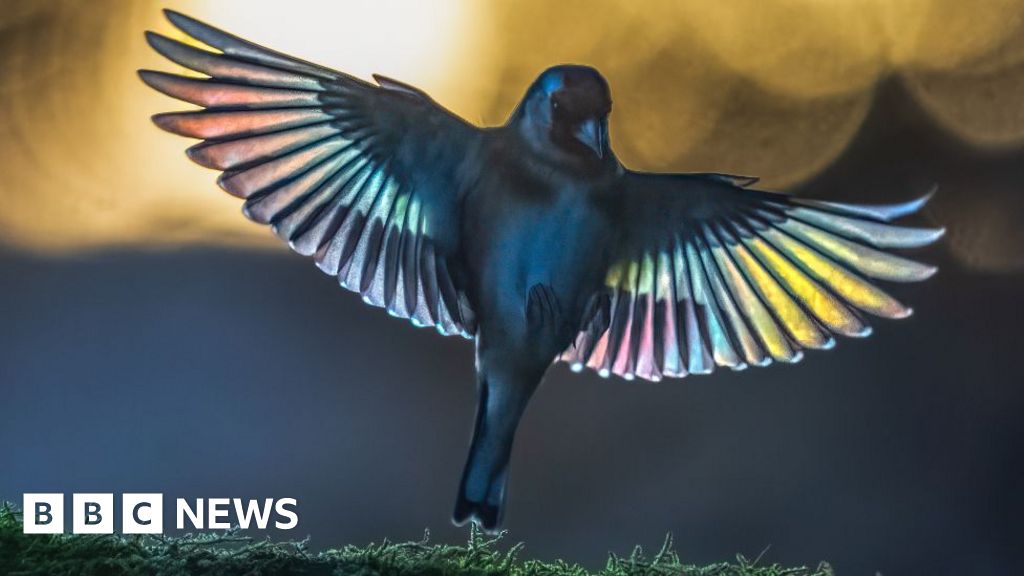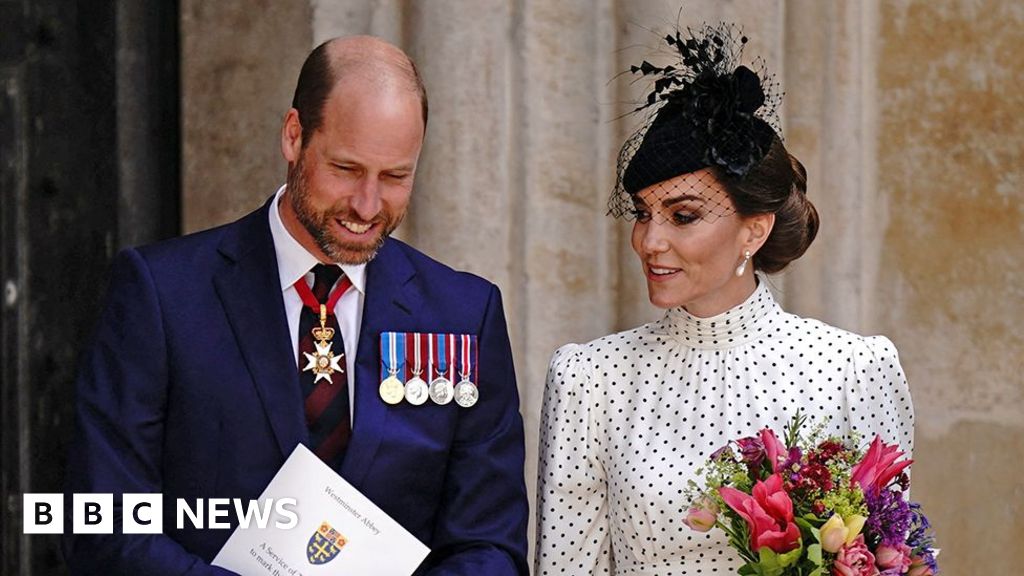- Cybersecurity
Georgia is the 8th state sued over age verification for children on websites
时间:2010-12-5 17:23:32 作者:Interviews 来源:Business 查看: 评论:0内容摘要:Adapted from Liz Moore’sAdapted from Liz Moore’s
How unique is a gold lobster? About 1 in 30 million, according to Mark Hall, owner of the, in Kingstown, Rhode Island.

Earlier this week, the aquarium took in the crustacean after a local all-you-can-eat seafood restaurant called “out of the blue,” Hall said. A genetic mutation gives gold lobsters their color, the"The blue [lobster] is everybody's favorite, but there's something about the gold that really jumps out at you," Hall said. "Most people assume it's a different kind of lobster.”The rare mutation for gold lobsters isn’t to be confused with orange lobsters, Hall wrote in a Facebook post. Their orange counterparts “are slightly more common, and a darker orange color."

seafood restaurant in Charlestown donated the lobster. Within about an hour of the restaurant calling, bartender Joel Humphries delivered it to its new home, where it's now in a tank, Hall said.Humphries happens to be a former volunteer and employee at Biomes, an education facility and hands-on aquarium, which features marine animals from Narragansett Bay and the Atlantic Ocean.

The morning of May 29, about 50 fourth-grade students visited the aquarium. As Hall worked, he could hear the kids reacting to the marine life. They sounded impressed by the golden lobster, he recalled.
In its new tank, the lobster shuffled to and fro with hefty golden claws. It looked out with two piercing black eyes, videos showed.Chevrotains are also classified as ungulates and ruminants. Ungulates are simply animals with hooves. This diverse group includes well-known animals like elk, giraffes, wild boars, rhinos, camels, and bison. Ruminants are a specific type of ungulate. They are even-toed hoofed animals that chew regurgitated food. Common examples of ruminants include sheep, cows, deer, and antelopes. Millions of years ago, chevrotains were more widespread and diverse, but today only 10 species remain. These surviving species still possess many ancient, primitive features that are rarely seen in more modern mammals.
Chevrotains are remarkably small animals—about the size of a pet rabbit, cat, or small dog. In fact, they are the smallest hoofed animals on Earth. While the water chevrotain () can weigh between 15 and 35 pounds, the Java mouse-deer (
) is a mere 2.2 to 4.4 pounds. Most chevrotain species fall within the 2- to 9-pound range. Chevrotains have short, slender legs with tiny hoofed feet. They aren’t particularly agile when turning, but their small legs are efficient for running straight and moving through dense vegetation and forests.Their bodies are round, similar to those of a mouse or rabbit, with small, pointed snouts and large eyes. This unusual combination of features can cause people to mistake them for rodents. Their posture also adds to this confusion, as their longer hind legs make their hindquarters higher than their front. However, their thin legs, reddish or orange-brown coloring, and white markings make them closely resemble a deer. They also have small, pig-like hooves and long, sharp fangs.
- 最近更新
- 2025-07-07 07:28:39Will the courts rain on Trump’s parade?
- 2025-07-07 07:28:39Also in this newsletter: How the Iran crisis affects Europe
- 2025-07-07 07:28:39Trump tracker: the latest data on US tariffs, trade and economy
- 2025-07-07 07:28:39Monthly PMI data strengthens case for Bank of England rate cut in August
- 2025-07-07 07:28:39Trump tracker: the latest data on US tariffs, trade and economy
- 2025-07-07 07:28:39The top 20 fans on sale at Amazon right now
- 2025-07-07 07:28:39Oman to be first Arab state in the Gulf to levy personal income tax
- 2025-07-07 07:28:39PM Shigeru Ishiba’s LDP defeated ahead of upper house vote next month
- 热门排行
- 2025-07-07 07:28:39Thinking of downsizing? Here how to tap your equity to make it happen (and cut costs)
- 2025-07-07 07:28:39Self-driving technology on which Elon Musk has staked future of his company debuts in Texas
- 2025-07-07 07:28:39cruise ship's scheduled arrival time
- 2025-07-07 07:28:39‘I realised I was alive’: Sole survivor of Air India crash recounts tragedy
- 2025-07-07 07:28:39How to use dollar-cost averaging to balance investment risks and rewards
- 2025-07-07 07:28:39Monthly PMI data strengthens case for Bank of England rate cut in August
- 2025-07-07 07:28:39Aquasonic Black Series Ultra Whitening Toothbrush
- 2025-07-07 07:28:39Anneleen Van Bossuyt suggests measures echoing Donald Trump’s negotiation tactics
- 友情链接
- Trump's rules slow release of migrant children to their families Nation marks anniversary of George Floyd's murder When plants bloom in fall in a way that wasn't expected Jonathan Toews is planning an NHL comeback after a 2-year hiatus Gov. Gretchen Whitmer says Trump told her he would not pardon men convicted in kidnapping plot 1 dead and several injured in Kentucky storm Herramientas más antiguas de huesos de ballena datan de hace 20.000 años, dicen científicos What is the Hajj? What you need to know An archaeology student finds 7 stunning Viking silver arm rings, Danish museum says Foundations donate $1.5M to help restore historic Black church in Memphis gutted by arson John Thrasher, former Florida State president and state House speaker, dies at 81 Cascading disasters push residents of a Nepalese valley to the brink FDA OKs trial of pig livers as dialysis-like treatment for liver failure How major US stock indexes fared Tuesday, 5/13/2025 FACT FOCUS: No foul play suspected in ICE van fire in Philadelphia Zelenskyy says he will be waiting for Putin in Ankara for talks Pride Month: LGBTQ+ celebrations and protests Iran has amassed even more near weapons-grade uranium, IAEA says Beer flows under south London's railway arches US pauses scheduling visa interviews for foreign students In Mali, USAID funding cuts hit a local language learning program that empowered thousands Here's the late changes Republicans made to Trump's big bill Sacred Harp singers await revision of shape-note Christian hymnal Shelton falls onto his stomach and still wins the point at the French Open 'Thunderbolts' review: A return to form for Marvel How to decorate a patio, balcony or other small outdoor space Republicans once railed against armed IRS agents. Now they want them for immigration enforcement Boeing to pay $1.1B to avoid criminal prosecution in 737 Max case Colts owner Jim Irsay remembered for love of football, commitment to music, animal welfare India: For garbage pickers, a miserable and dangerous job made worse by extreme heat
